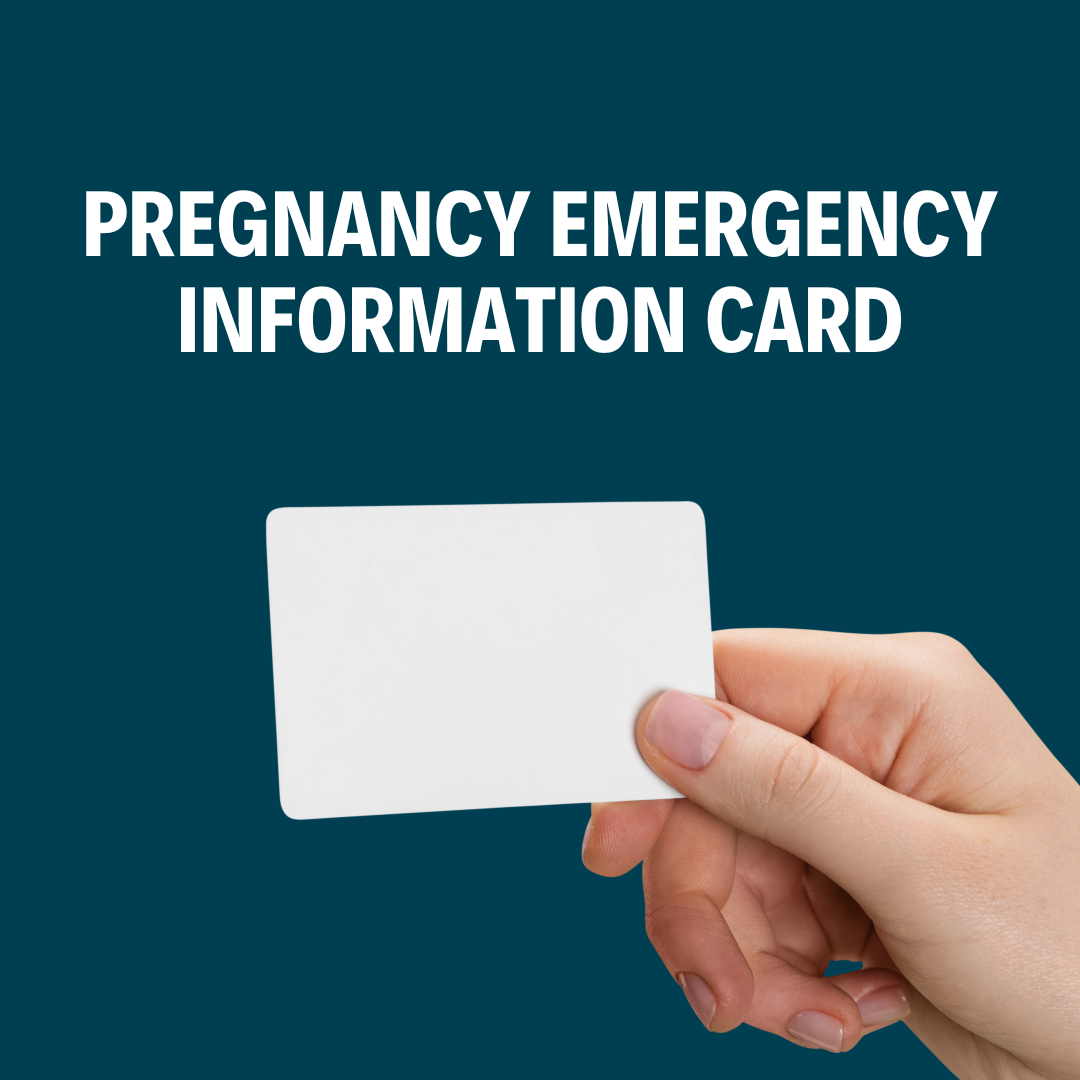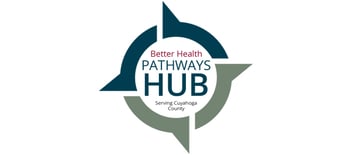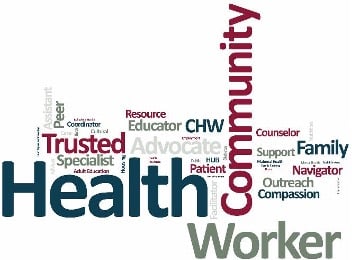
CHW Guides Pregnant Client with Right Care at Right Time
In early 2024, Graciela Emerson, a Cleveland Clinic CHW working in the Better Health Pathways Community HUB, was assigned a client who was 15 weeks pregnant. Each time Graciela meets a new pregnant client she shares the Cuyahoga County Emergency Palm Card.
This resource was developed by the Cuyahoga County Board of Health and the One Life, One Voice, One Community initiative to: educate pregnant clients about when to go to the hospital and provide different hospital options; improve participant-provider communication; and increase childbirth preparedness.
In early 2021, The Better Health Pathways HUB collaborated with the Cuyahoga County Board of Health's then-Program Manager Angela Newman, and a MetroHealth OBGYN provider to develop an easy-to-read document for each HUB pregnant participant that incorporated the Palm Card and provided additional information on when pregnant people should go to the emergency department, including signs and symptoms. The HUB implemented this educational information for all pregnant clients in response to data from the Cuyahoga County Board of Health that showed that some pregnant people were not going to hospital emergency departments with labor and delivery services.
During one visit, Graciela noticed that her client wasn’t feeling well. She began the visit by reviewing SNAP eligibility and confirming an appointment the following day, but quickly realized she needed to adjust what they had planned to discuss. Graciela asked her client to review her symptoms and reminded her about the Emergency Palm Card.
The client shared that she hadn’t been feeling well since the previous night and described some of her physical symptoms. Graciela reminded her client that she wasn’t trained as a clinician, but based on what her client was describing and how uncomfortable she was feeling, she suggested that she go to the Cleveland Clinic Hillcrest Hospital emergency department, which has a specialized emergency department for pregnant people.
Later that day, Graciela went to the hospital and was shocked to learn that her client, who was 22 weeks pregnant, was having an emergency C-section. The baby was 1.4 pounds when born and spent six weeks in the neonatal intensive care unit. During that time Graciela visited her client and the baby and also stayed in communication with her via text, sending her resources and providing support. Unfortunately, the baby subsequently developed a brain bleed and did not survive. Graciela continued to support her client with grief resources and offered to connect her with a counselor.
Graciela was devastated by the death of her client’s baby. When she shared this story at a Better Health Pathways HUB Community Advisory Board meeting, she learned to see this case from a different vantage point. At the meeting a MetroHealth neonatal intensive care unit nurse said “you gave this mother an extra 6 weeks with her daughter. If she had not gone to the emergency department, she might have had a very different outcome.” These words made Graciela feel better and she knows this experience will help her in the future with other pregnant clients. She feels proud of her job as a CHW and hopes to continue making a difference in our community.
This story highlights one of the ways the Pathways HUB can collaborate with other community partners to get important information into the hands of residents in a standardized fashion and effectively address existing gaps.



